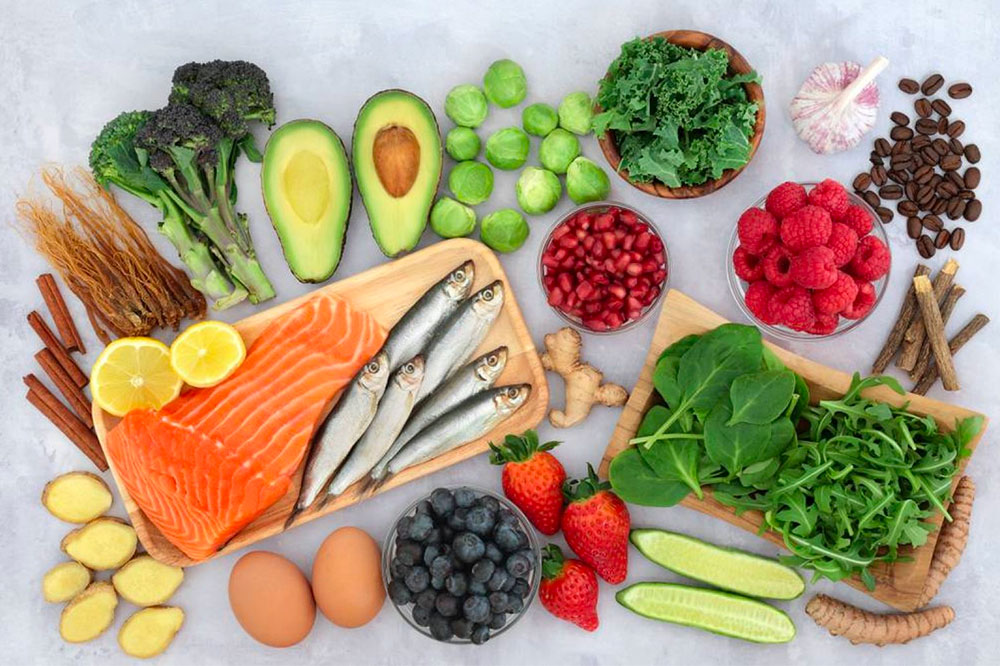Nutritional Choices for Preventing and Managing Arthritis

Arthritis is a term used to refer to over 100 types of joint pain or joint diseases. It is the leading cause of disability in the country and can affect people of any age, race, or gender. The main symptoms are stiffness and joint pain, which tend to worsen with age. Depending on the type of arthritis, the other symptoms may include swelling, redness, and a decreased range of motion.
Foods to avoid
Arthritis can make it hard to manage daily tasks like walking or sitting up straight. In many cases, one’s joints may also lose alignment and shape, making matters worse. When managing arthritis, food can play a significant role. Certain foods can ease symptoms and boost overall joint health, while others can cause more inflammation. The foods to avoid for preventing and managing arthritis are:
Trans fats
Processed foods like baked goods, prepackaged meals, and snacks are rich in trans fats, which trigger systemic inflammation. To avoid these, skip anything labeled as containing partially hydrogenated oils.
Omega-6 fatty acids
Most meats, soy, and oils like corn, peanut, sunflower, and safflower are rich in omega-6 fatty acids. Excessive intake of omega-6 fatty acids can trigger inflammation and cause distress in people with arthritis.
Sugar
Foods with refined sugar, like pastries, chocolate, candy, soda, and juices, trigger the release of cytokines in the body, which cause inflammation. Sugar can be identified by various names on the list of ingredients, such as corn syrup, fructose, sucrose, or maltose. When people cut back on sugar, they choose alternative artificial sweeteners. However, sensitivity to these substances can trigger an inflammatory response from the body. Sugar alternatives are generally found in gum, sugar-free candy, and low-fat pudding.
Red meat
Red meat is rich in saturated fats, which can lead to high cholesterol and inflammation. It also contains high amounts of advanced glycation end products (AGEs), which may stimulate inflammation when broiled, grilled, roasted, or fried.
White flour
White flour products like white bread, white pasta, cake, and crackers are rich in refined carbohydrates. They can trigger a spike in blood sugar levels, worsening inflammation in the body. In addition, people with gluten sensitivity may experience joint pain or inflammation after eating foods made of wheat.
High-fat dairy products
High-fat dairy products like cheese, butter, cream cheese, margarine, and mayonnaise contain high levels of saturated fats and AGEs. It means they are high in substances that can trigger inflammation in the body and must be avoided or had sparingly. However, recent studies have shown that fermented dairy products like Greek yogurt can help combat inflammation in people who are not lactose intolerant.
Foods to eat
Anti-inflammatory foods can help people keep arthritis at bay and combat its symptoms. The best choices are:
Fatty fish
Fish like mackerel, tuna, and salmon have high levels of vitamin D and omega-3 fatty acids, which help reduce inflammation. Including them twice in the weekly meal plans can help fight arthritis symptoms.
Olive oil
Olive oil is rich in heart-healthy fats and oleocanthal, which have anti-inflammatory properties. When combined with vitamin D, olive oil can help prevent bone damage.
Berries
Berries like blueberries, raspberries, strawberries, and blackberries are loaded with anti-inflammatory properties, antioxidants, and anthocyanins. Unsurprisingly, they can help fight inflammation and soothe arthritis symptoms.
Green tea
Green tea contains a natural antioxidant called epigallocatechin-3-gallate (EGCG). Studies have shown that this ingredient can slow the production of inflammatory chemicals in the body and prevent the cartilage from breaking down, thus protecting the bone joints for longer.
Fresh garlic and onions
People who regularly add fresh garlic and onions to their meals exhibit fewer signs of osteoarthritis and joint pain. These foods are loaded with anti-inflammatory and immune-boosting properties, making them a flavorful and healthy addition to various dishes.
Walnuts
Nuts like walnuts, hazelnuts, almonds, pecans, and pistachios contain high amounts of fiber, calcium, magnesium, zinc, vitamin E, and omega-3 fatty acids, which are anti-inflammatory. They are also a heart-healthy snack that helps boost overall health and immunity.
Spinach
Dark leafy greens like spinach, collards, kale, and broccoli are loaded with vitamins E and C. Vitamin C helps the body make collagen, which promotes joint flexibility, while vitamin E aids in fighting inflammation in the body.
Living with a joint disorder can be painful. While arthritis may not be curable, simple lifestyle changes like following a healthy meal plan allow patients to live a fulfilling and happy life. One can speak with a doctor to plan the best course of action based on their situation.
Who is at risk of arthritis?
While the disorder can affect anyone, some are more susceptible than others. For instance, it can be passed on genetically, implying that people with an immediate family history of arthritis are more likely to develop it themselves. Age is also a significant risk factor; the risk for osteoarthritis, RA, and gout increases with age. Further, women are more likely to develop RA, whereas men are more likely to develop gout, which means gender plays a role too. Finally, people who have injured a joint are more likely to develop arthritis in that joint.
What are the types of arthritis?
The two most common types are osteoarthritis and rheumatoid arthritis. Both affect the joints in different ways. Osteoarthritis causes wear-and-tear damage to a joint’s cartilage. The cartilage cushions the end of the bones, helping them move without friction. Damage to the cartilage over time can cause one bone to grind directly onto another, leading to pain and restricting movement. In rheumatoid arthritis (RA), the body’s immune system attacks the lining of the joint capsule, called the synovial membrane, causing inflammation and swelling. The progress of RA can destroy the cartilage and bone within the joint.
Other frequently occurring types of arthritis include ankylosing spondylitis, gout, juvenile idiopathic arthritis, psoriatic arthritis, reactive arthritis, septic arthritis, and thumb arthritis.






